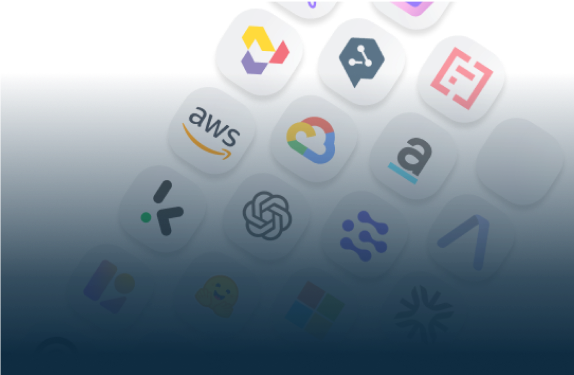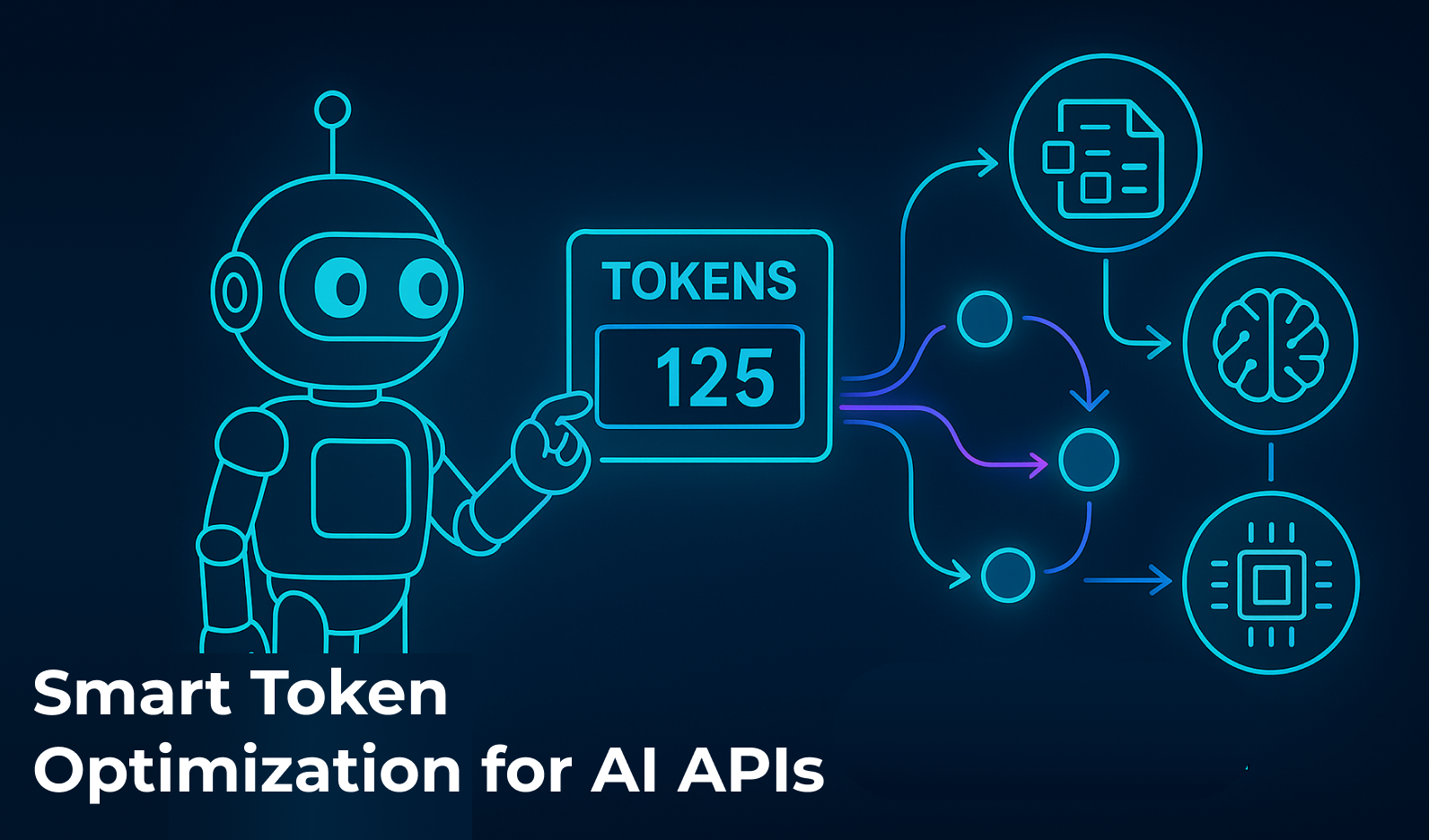
Start Your AI Journey Today
- Access 100+ AI APIs in a single platform.
- Compare and deploy AI models effortlessly.
- Pay-as-you-go with no upfront fees.
Every AI request costs money, especially when you’re working with large language models (LLMs). For SaaS companies and developers, controlling token usage is essential to maintain profitability and scalability. This article explores practical strategies to manage token consumption intelligently and build a more cost-efficient AI infrastructure.

Tokens represent the smallest unit of data processed by LLMs and other AI APIs. Each input and output (every word, prompt, or generated sentence) translates into tokens.
In most pricing models (like OpenAI, Anthropic, or Cohere), you pay per 1,000 tokens, meaning that inefficient prompts or unnecessary outputs can quickly inflate your costs.
For companies scaling AI-driven products, token optimization directly affects margins. Managing usage is therefore not only a technical task but a financial one.
Before optimizing, you need visibility.
Start by instrumenting your system to log token usage per request, user, and feature, ideally supported by an API monitoring solution.
Track metrics like:
Once you have this data, patterns become obvious: which users or features are responsible for the most consumption, and where optimization will have the greatest impact.
Prompt length has a massive impact on token usage.
A few guidelines:
Prompt engineering is not just about quality; it’s about efficiency. Smart prompts can cut token usage by 20–40% without affecting accuracy.
Many AI features generate similar or identical outputs (e.g., summaries, classifications).
Implementing a cache layer for repeated queries can save a huge amount of tokens.
For example:
Caching reduces redundant calls and stabilizes your costs over time.
Not every request requires a high-end LLM.
You can route tasks to different models based on complexity, and compare their efficiency with AI Model Comparison:
This multi-model approach helps balance cost, latency, and performance.
If you’re building a SaaS product, users should not have unlimited access to AI.
Set usage quotas per user, team, or plan tier:
Multi-API Key Management can also help manage permissions and limits at scale.
Context windows are often the biggest cost driver in conversational AI.
To optimize them:
Efficient context management can cut 30–50% of unnecessary token usage in chat systems.
Manual tracking doesn’t scale.
Integrate automated cost monitoring with your backend dashboards or third-party analytics tools.
Track:
Visibility is the first step to control.
Eden AI helps teams gain control over token consumption across multiple providers through a single API.
It allows you to:
Instead of manually tracking each provider’s billing system, Eden AI centralizes all metrics and makes it easy to identify where optimization has the greatest impact.
Tokens are the currency of AI, and like any currency, you need to manage it wisely.
By combining good prompt design, caching, model orchestration, and smart monitoring, you can significantly reduce your costs without losing performance.
With the right architecture and tools, AI becomes not just powerful, but predictable.
Eden AI helps teams achieve exactly that, empowering developers and SaaS companies to control token usage intelligently and build scalable, cost-efficient AI systems.


You can start building right away. If you have any questions, feel free to chat with us!
Get startedContact sales
